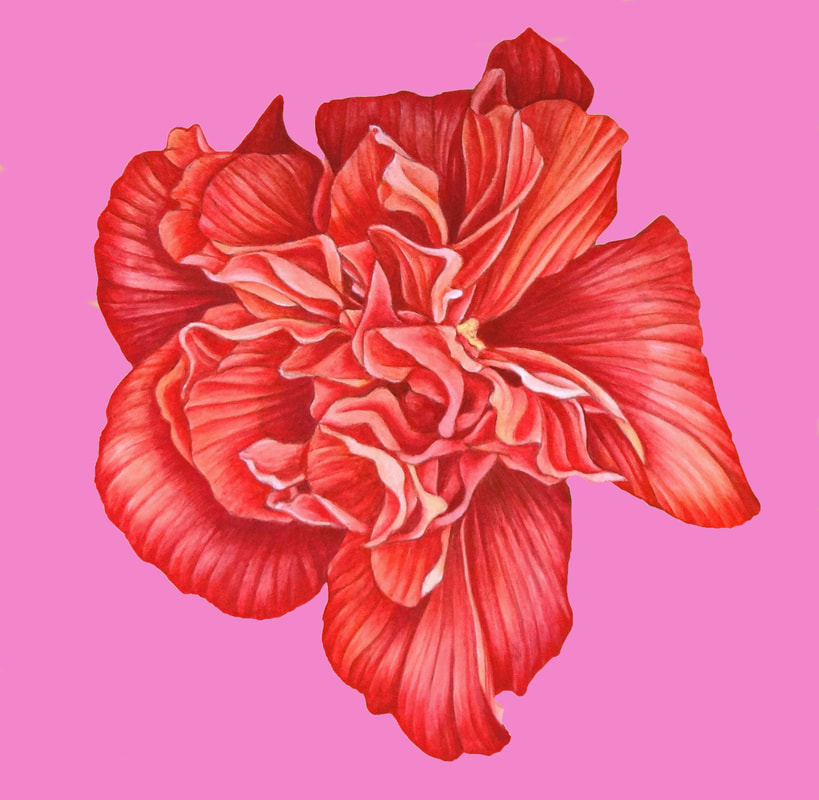|
Image: Orchard / Autumn, 2009. T.Forbes© When I started my doctorate I knew for certain that my research would be less driven by art discourse and more by the creative and natural histories that had been directing much of my post graduate studies. After leaving the city and effectively taking residence in the tree tops of the Waitakere ranges in 2000, my influence dramatically shifted from art to nature. I speak of these as worlds in themselves, for they each have their own languages and politics. I found myself a long way from art critiques and gallery openings and faced with the particular quiet and introspection that often comes to women thrown into motherhood.
Like many first time mothers, I marveled at the enormity of my ignorance and waited for instinct to guide me through. There is nothing like unexpected exile to reduce life to the basics. If motherhood taught me anything in those early days it was this: I was in fact just an animal and that my body, extraordinary as it seemed to me - knew exactly how to create and grow a baby even if I hadn’t a clue. Secondly, that the control and the importance I had placed on many things in my life (certain ambitions for example) suddenly were futile. Possibly delirious from sleep deprivation, I stared into the kauri leaves and night sky. It was in that litter that I sank into the histories of collection, observation, documentation and the myth and mystery of looking at and interpreting our place in the South Pacific. Call the subject: nature, landscape, Romanticism, the Sublime, botanical or natural history illustration as you must - I left the art world to become a person who listened to birds and painted twigs. What followed was a decade of submersion into early European visual histories in New Zealand and the Pacific and an interest in the seduction of place (as it is presented) and the journey of knowing place (as it is experienced). I re-interpreted the Sublime in NZ landscape working in residence in remote areas of the South Island for my Master’s degree. Botanical art pulled against my contemporary will, because in those early years the only way I could understand where I was – was to literally study it in detail as many botanical artists had done in New Zealand a century before. I have always had a romantic affinity with nature but I had for many years as a young adult rejected its importance in my life. Offered the opportunity to continue my post graduate studies I had a single thought: who am doing this for? I decided that the art world had become too obscure and the politics that drove me were more environmental and less institutional (a point that made the journey of the study fraught with difficulty). I walked out of the university auditorium and set up in an old grape pressing room in an orchard. The apple wood wasting away through two perfect sets of seasons provided a course structure. I never knew there was a thing called nature writing before my supervisor handed me a copy of Annie Dillards Pilgrim at Tinker Creek (1975). I read: Our life is a faint tracing on the surface of mystery…we must somehow take a wider view, look at the whole landscape, really see it, and describe what’s going on here. I'm sure I'm not alone in saying that book changed everything. It lead me to Thoreau and Emerson, John Muir, Barry Lopez and many other passionate observers I had never met. I finally had permission to say - Ok, what is going on here? The blogs ahead will be poached from notes I kept during my doctorate, and observations I made during my residencies as well as those from my new place here on the Te Henui stream in Taranaki (NZ). There is a value, I believe, in Annie Dillard’s insistence that we should take a wider view. The more cluttered and complex the world appears to become, the more I see the importance in slowing down and learning patience, empathy and compassion for all life around us – not just the few lives that make sense or have a use.
1 Comment
Leave a Reply. |
Archives
September 2022
Categories |


 RSS Feed
RSS Feed
